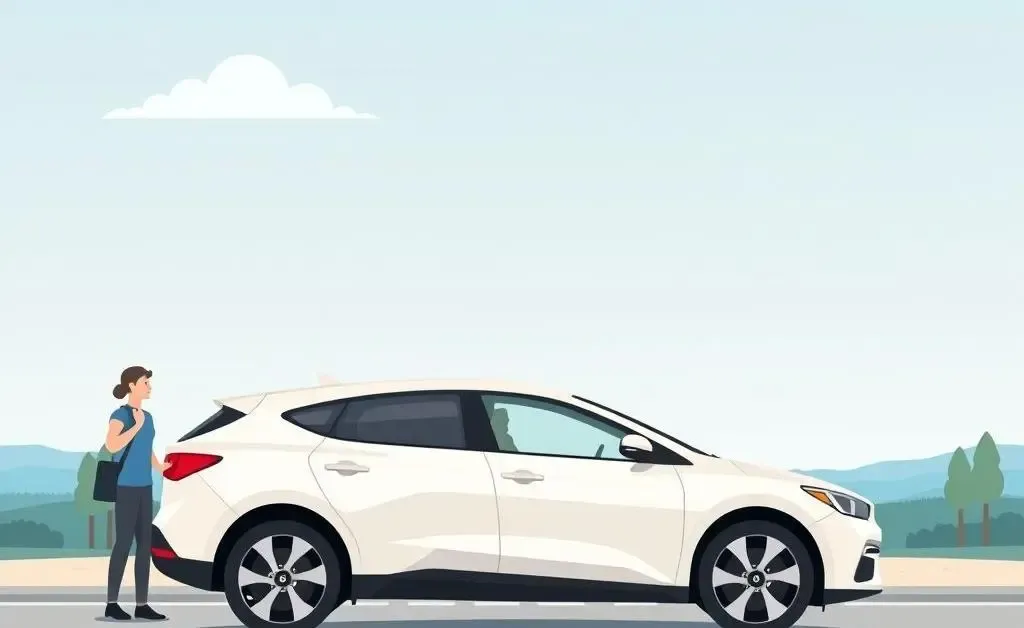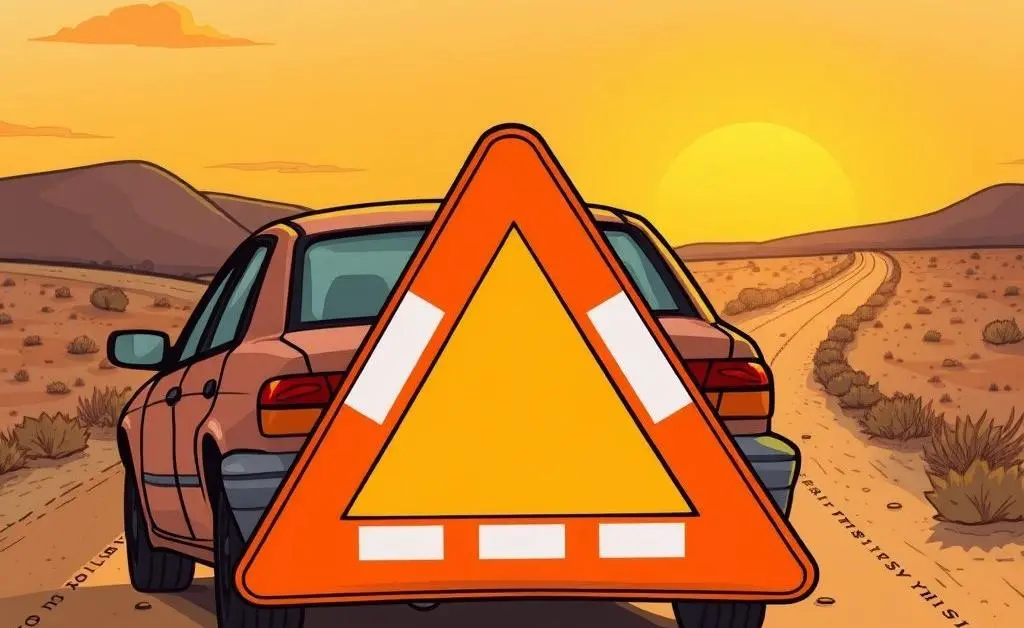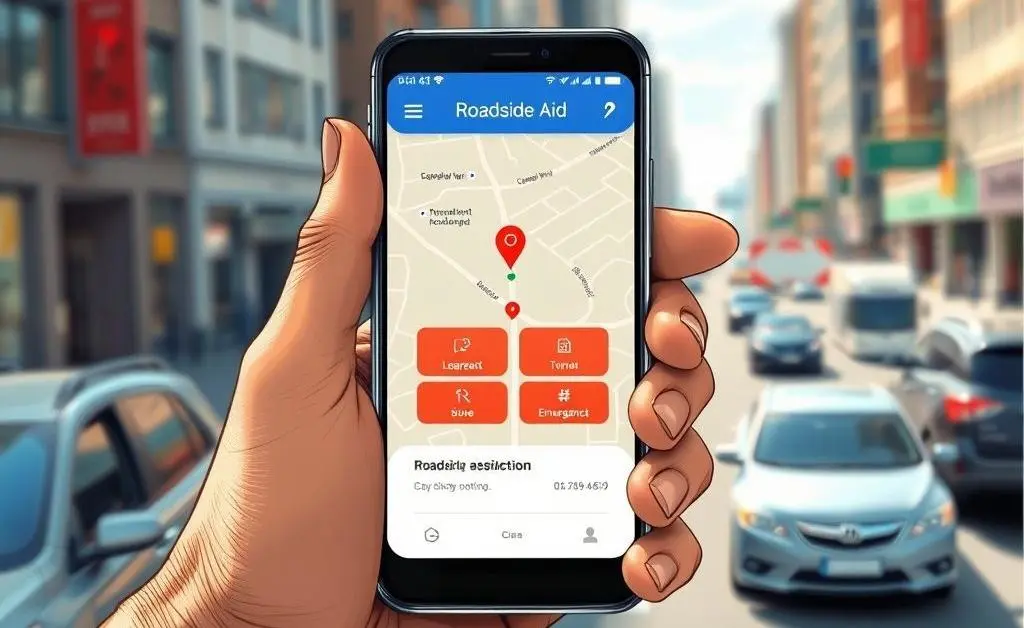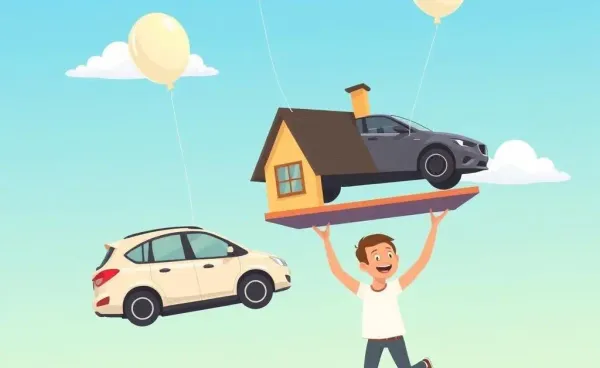Navigating Roadside Emergencies: Observations and Practical Tips
Essential roadside emergency tips to ensure safety and preparedness on the road.

Picture this: You’re driving down the highway, enjoying your favorite playlist when suddenly, your car starts to sputter. Maybe it's a flat tire or perhaps the engine just gives up on you. Roadside emergencies can happen to anyone, anywhere. It’s not a matter of if, but when. So, how do you stay prepared for such situations?
Understanding Roadside Emergencies
Before diving into tips, let's understand what constitutes a roadside emergency. It could range from a flat tire to engine failure, or even running out of gas. Consumer Reports highlights that being prepared for such issues is essential for safety.
Must-Have Tools in Your Car
First things first, an emergency kit is your best friend. But what should this kit include?
- Spare Tire: A necessity for any driver. Knowing how to change a tire is a lifesaver.
- Jumper Cables: Dealing with a dead battery? Jumper cables can get you back on the road.
- First Aid Kit: It’s always wise to be ready for any minor injuries.
- Flashlight: Nighttime breakdowns are less daunting with good lighting.
Practical Roadside Tips
Encountering a breakdown can be stressful, but here are some practical tips:
- Stay Calm: Panicking will not solve the issue. Take deep breaths and evaluate the situation calmly.
- Pull Over Safely: If your car is still functioning, slowly move to the side of the road, ensuring you're out of traffic lanes.
- Use Safety Gear: Turn on hazard lights and set up safety triangles a distance from your car to alert other drivers.

Utilizing Roadside Assistance Services
Investing in roadside assistance is one of the best decisions a driver can make. Services like AAA or others offered by insurance providers offer peace of mind. These services are just a phone call away and can handle towing, tire changes, and even fuel delivery. Learn more about AAA services.

Stay Informed and Prepared
Knowing how to handle common car issues can make all the difference. Online resources and community courses can teach essential skills like changing a tire or jump-starting a battery. This CDC guide offers useful tips on first aid which can be handy in emergencies.

Final Thoughts
Ultimately, preparation is your best defense against roadside emergencies. Having the right tools, knowledge, and services can transform a potentially stressful experience into a manageable one. Do you have a memorable roadside tale or a piece of advice to share? Let’s start a conversation!




